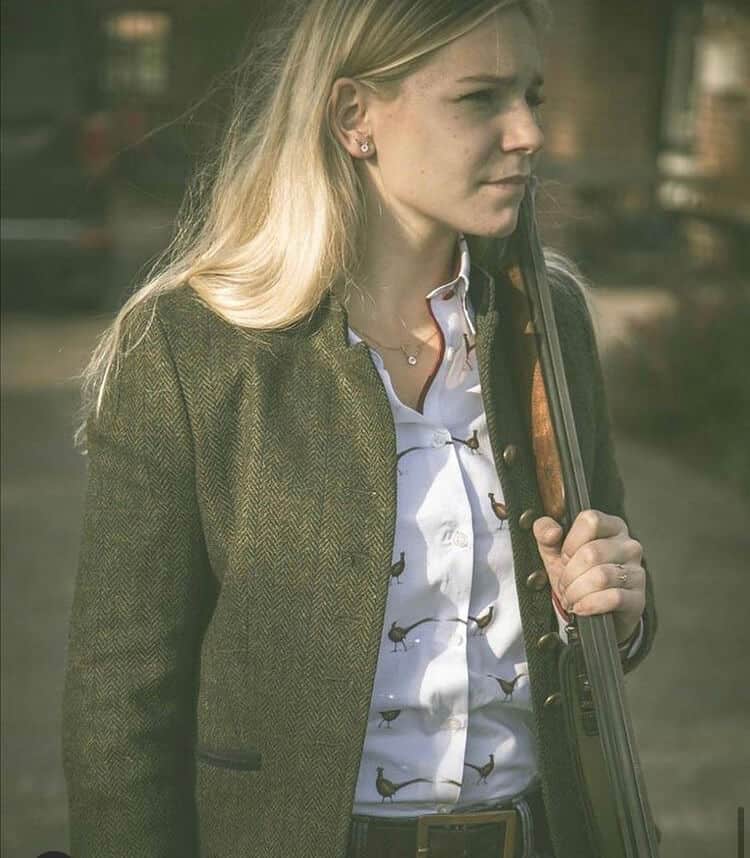One of the countryside’s fastest growing participant activities both as a sport and simply for fun. Many people are experiencing the fun of clay pigeon shooting in the UK, and those new starters are continuing to learn more about the sport and seeking to improve their scores.
For starters looking for advice on how to improve your clay pigeon shooting we covered a lot of information in our fantastic earlier blog.
In this latest blog we take a look at the complete history of Clay Pigeon shooting.

Early Origins
From the dawn of time as man hunted for food, the art of hitting a fast moving or erratic target became an innate survival skill.
Once we dispensed with stones, spears and arrows, the advent of the gun meant new skills needed to be learnt. Then with the rise of agriculture and farming, target shooting became more of a source of fun and pleasure.
Probably starting with hurling logs or stones in the air, the earliest recorded games were with a glass ball filled with feathers, but it never quite caught on.
It is believed that what became known as the clay target was patented in the USA around 1880 in Cincinnati, Ohio by a Mr George Ligowsky. Constructed of clay or a terracotta type material it was a very simple saucer/domed shaped device, that was reported to skim across 45 to 50 yards and gave a resemblance to a bird in flight.
The Next Steps
I am constantly inspired by iconic symbols of the British countryside and hope this is evident in our collections. We love
As interest grew in the UK, the Inanimate Bird Shooting Association was formed in 1892, and this then went on to become the Clay Bird Shooting Association via a name change 11 years later in 1903 and held annual shooting contests until the onset of World War I.
The major change came about in 1921 when parliament passed legislation deeming it illegal to shoot live birds from traps.
This action gave the sport of clay pigeon shooting a huge boost, and numbers of participants grew across the British Isles.
On 27 April 1928, a meeting of clay pigeon shooters in Holborn, London discussed a central governing body. The result was the formation of the Amateur United Clay Pigeon Association of Great Britain and Ireland.
Such a mouthful of a name was never going to last very long and it was soon changed to the Clay Pigeon Shooting Association with around 100 members in 1946.
Modern History
The CPSA membership numbers today stand at just over 24,000 and there are now over 300 CPSA clubs across Britain.
Certainly women’s membership has seen a large surge in recent years and the Hartwell Ladies Country Shirts for Shooting range has been well received by women who are enjoying taking part in the sport, but still like to shoot with a little glamour.
The modern sport is for people from all walks of life and with a wealth of clubs it is easy to take part as a beginner. Countryside Game Fairs also extensively feature clay pigeon shooting in some form, either with actual competitions and demonstrations or with plenty of gun and clothing suppliers on show.
Take a look at Hartwell’s Game Fair Collection of stunning clothing for day and evening wear. You can try out the feel of a gun for the first time and look and feel the part when you’re dressed in Hartwell.
Signing Off
Many of the historical terms still remain today, such as “Pull” which originally was the signal to release a bird from a basket. It’s a modern electronic automatic trap that now releases them at a variety of speeds.
And the word bird is still often used to describe a clay, which these days is a mixture of chalk and pitch.
So take part in some history and make sure your outfit fits the occasion.
Live well, Dress Well, Hartwell.

